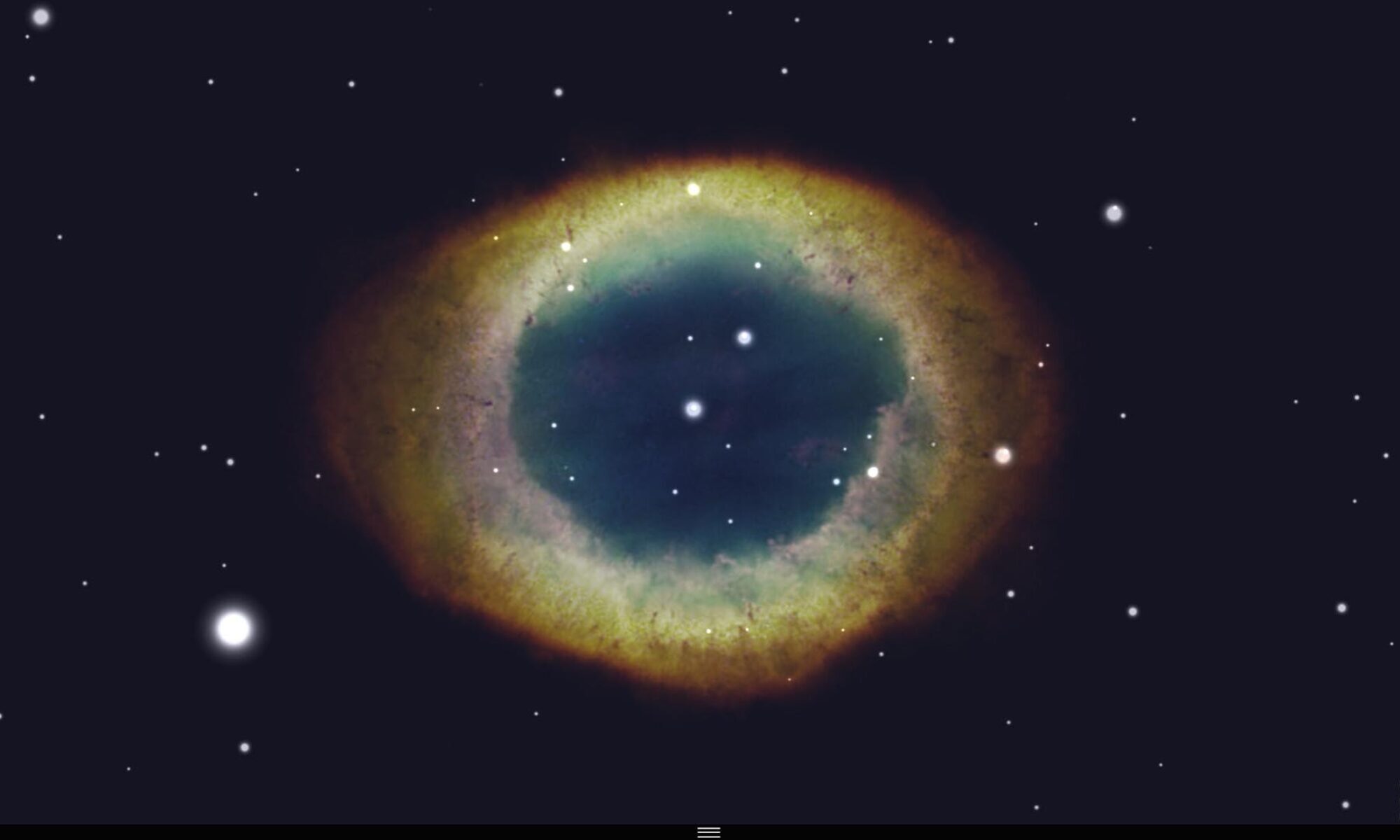Starting with version 3.0.118, WinStars uses tessellation to improve the rendering of planetary surfaces. This technique, introduced with the OpenGL 4.0 standard, adds a large number of triangles to an object, making its appearance more complex. Until now, WinStars simulated the relief of a planet by playing with shadows and trompe-l’œil perspectives. The textures modified by occlusion mapping were then applied to simple geometric shapes (composed of about ten triangles in general).
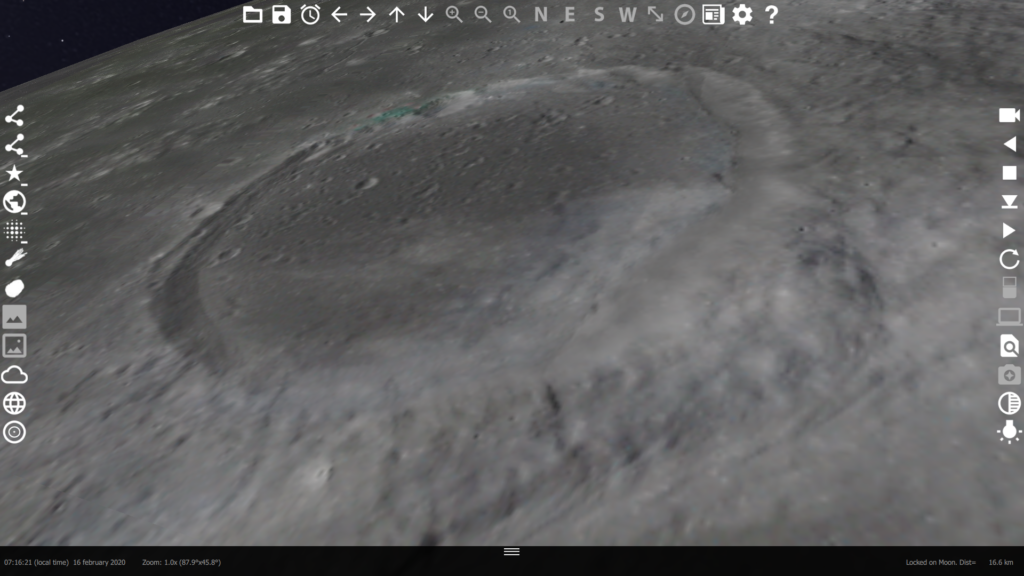 The occlusion mapping technique plays with shadows and lights to simulate roughness on the surface of an object.
The occlusion mapping technique plays with shadows and lights to simulate roughness on the surface of an object.
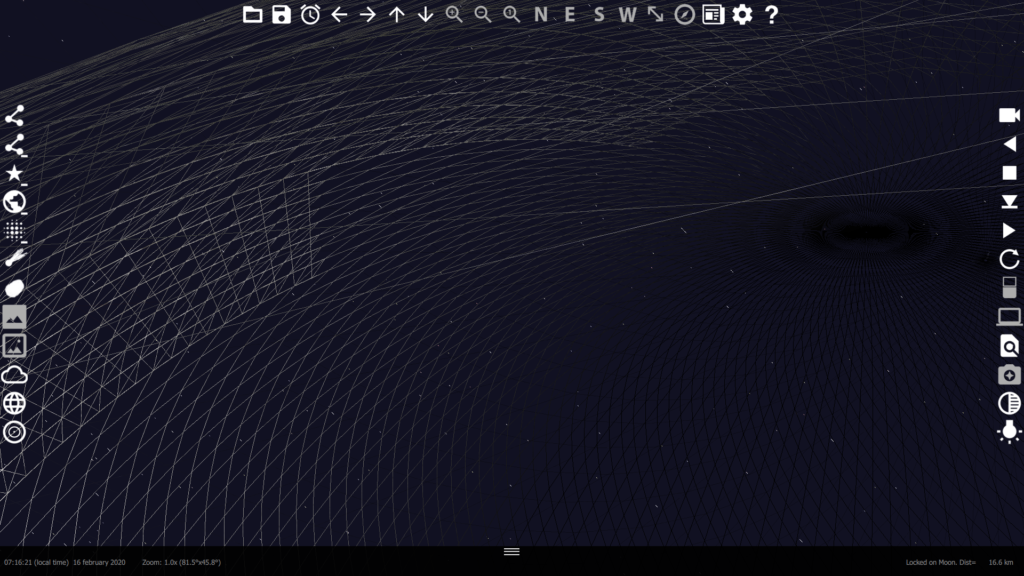 Here, wireframe rendering has been enabled. In reality, the surface remains very simple geometrically.
Here, wireframe rendering has been enabled. In reality, the surface remains very simple geometrically.
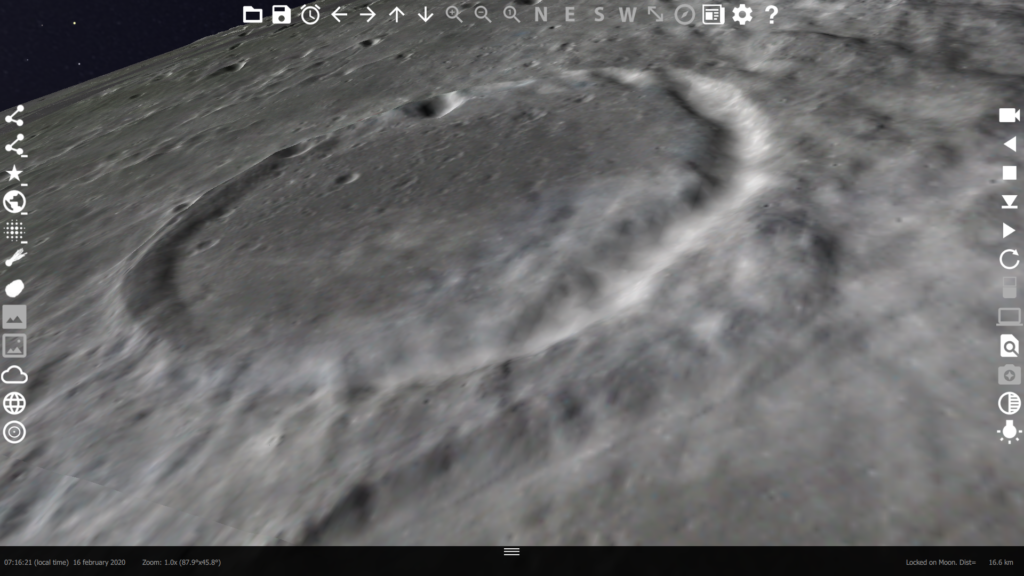 Thanks to tessellation, the number of polygons used to represent an object’s details increases considerably. Hollows and bumps are now represented in three dimensions and are no longer merely simulated.
Thanks to tessellation, the number of polygons used to represent an object’s details increases considerably. Hollows and bumps are now represented in three dimensions and are no longer merely simulated.
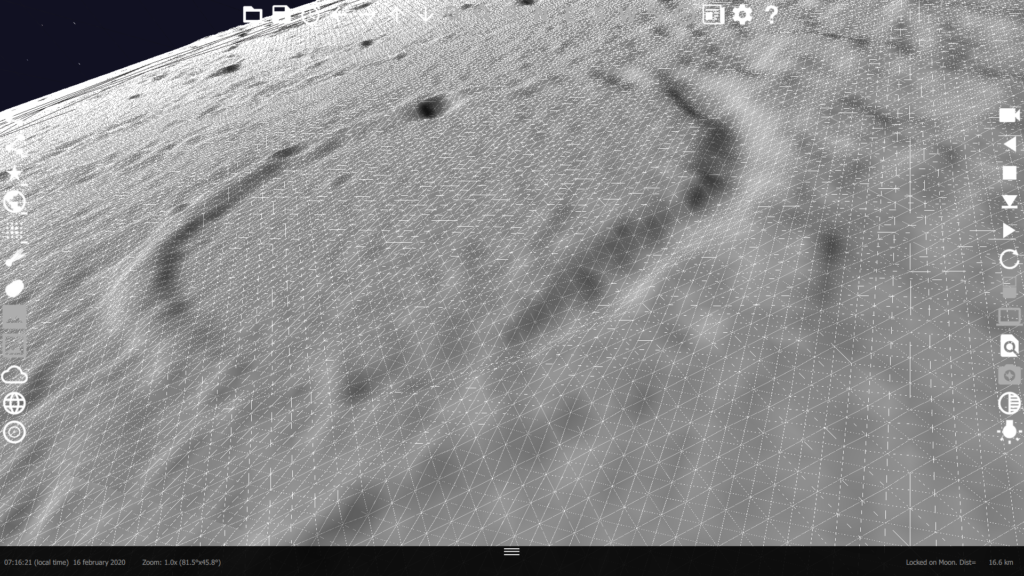 The much more complex mesh of the surface is visible in wireframe mode. The triangles here are counted by the thousands.
The much more complex mesh of the surface is visible in wireframe mode. The triangles here are counted by the thousands.
The advantage of tessellation lies in the fact that the addition of these new triangles is carried out internally by the graphics processor during rendering.
There is therefore no problem of bandwidth reduction between the CPU and GPU during the geometric complexification phase. Since this technique is highly optimized, its impact on the software’s fluidity is limited.
This Gamoniac video explains the benefits of this technique in the video game industry:
Tessellation is enabled for Mars and the Moon and currently only works with desktop versions (Linux, MacOS, and Windows). The rendering of Mars’ surface is not as good as the Moon’s due to the significantly lower texture quality. I am searching for better textures to provide a similar rendering.
